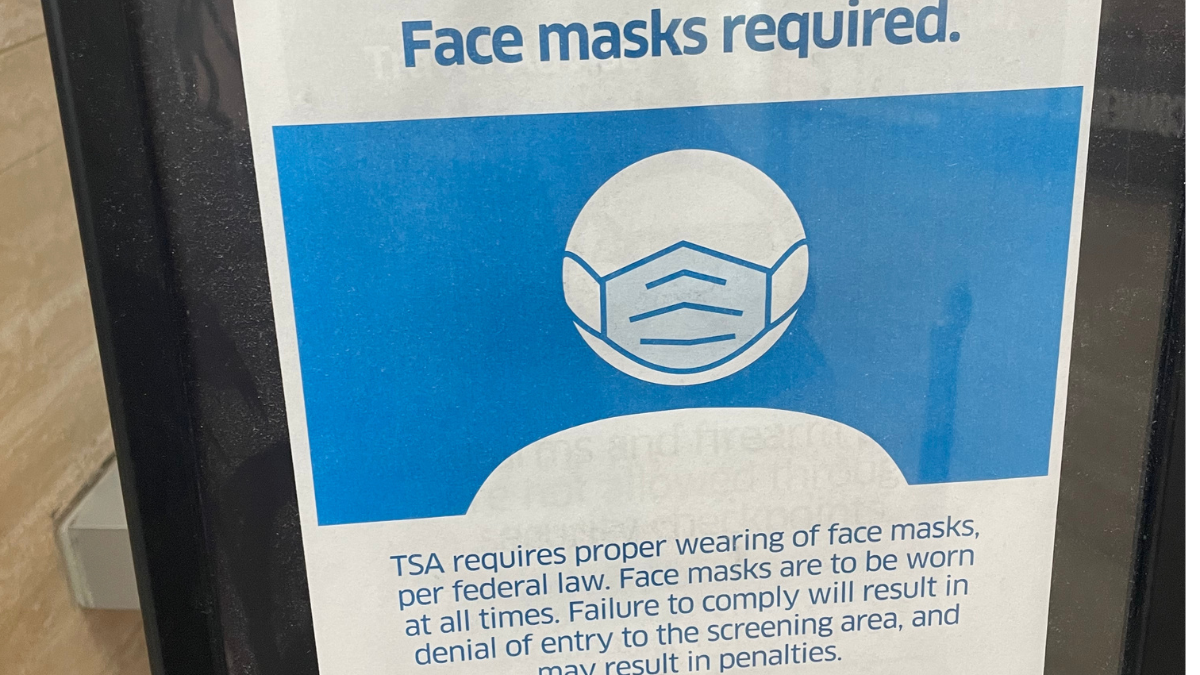Just over a month ago, when much of the nation went into lockdown closing schools and businesses while ordering people to stay in their homes, it was for a specific reason. The purpose of the lockdown, we were told at the time, was to slow the spread of the coronavirus and avoid overtaxing our hospital systems as we had seen happen in Italy. The good news is that it worked; the better news is that that success can now allow us to begin to reopen the nation’s economy.
Not only did our hospitals have enough capacity to handle the regional spikes in the virus, in cities such as New York, extra beds at the Javitz convention center and on the USS Comfort turned out to be unnecessary. Meanwhile, in many communities across the country hospitals sit empty, laying off workers because they are forbidden from performing many elective procedures.
Now that we have flattened and even started to turn the curve of cases downward, the goalposts on the lockdown are starting to move. Those who oppose reopening argue that we need extremely widespread testing before we can get back to work, and that we must have thousands of people hired to trace the contacts of people testing positive for the virus.
It’s important to note that until a vaccine is created, assuming one is, there is no way to stop the virus from spreading. The point of social distancing and staying at home was to slow the infection rate, which it appears to have done. If the new standard is that we have to stay on lockdown until there is no longer any threat of infection then we could be sitting in our houses for a year, which is simply not tenable.
This week in Georgia, South Carolina, and Tennessee some reopening is set to begin. By next week restaurants will be open for dine-in eating and movies theaters will be operating in some places. The governors choosing to open up have come under attack for putting their states’ citizens at risk, and in fact, no state has yet achieved the 14 days of decreasing cases that the White House guidelines suggest to begin phase one of reopening.
But as Trump has made clear, these decisions are being left to the governors and these three states will now be important test cases for other states weighing their own options. It’s a risk, the worst-case scenario, which is bad, would see a surge of cases that threatens hospital capacity, and which results in significant loss of life. While the governors understand that cases will inevitably increase with reopening, they are counting on that spread to remain low over all, allowing more business and amenities to open.
This is a sensible approach that is absolutely in line with the original purpose of the lockdown and social distancing. And even with the economy open there is no reason to believe people won’t act with caution, employing hand washing and disinfecting. Slowing the spread of the virus is not a zero sum game, it is worthwhile to begin to experiment with loosening restrictions that are wreaking havoc on the economies of communities across the country.
We can be certain that in the coming days, as cases do increase in Georgia, South Carolina, and Tennessee, political opponents of the governors and many in the news media will seize on those increases to ridicule the efforts to reopen. We must keep a level head when looking at the results over the next few weeks.
If the case levels increase wildly, then the doomsayers will be proven correct and aggressive lockdown may have to continue. But if not, and the numbers stay manageable then communities all across the country will be able to start coming out of the shadows. For many small businesses, the difference of a few more or less weeks being closed could be the difference between ever reopening or not.
There are no easy choices for government in the midst of the pandemic. There is perhaps a safe choice, which is to simply keep the lockdown in place, but being safe doesn’t make it wise. One way or another the results in these three states will tell us a lot about the near future, hopefully one that sees the economy back buzzing sooner rather than later.









